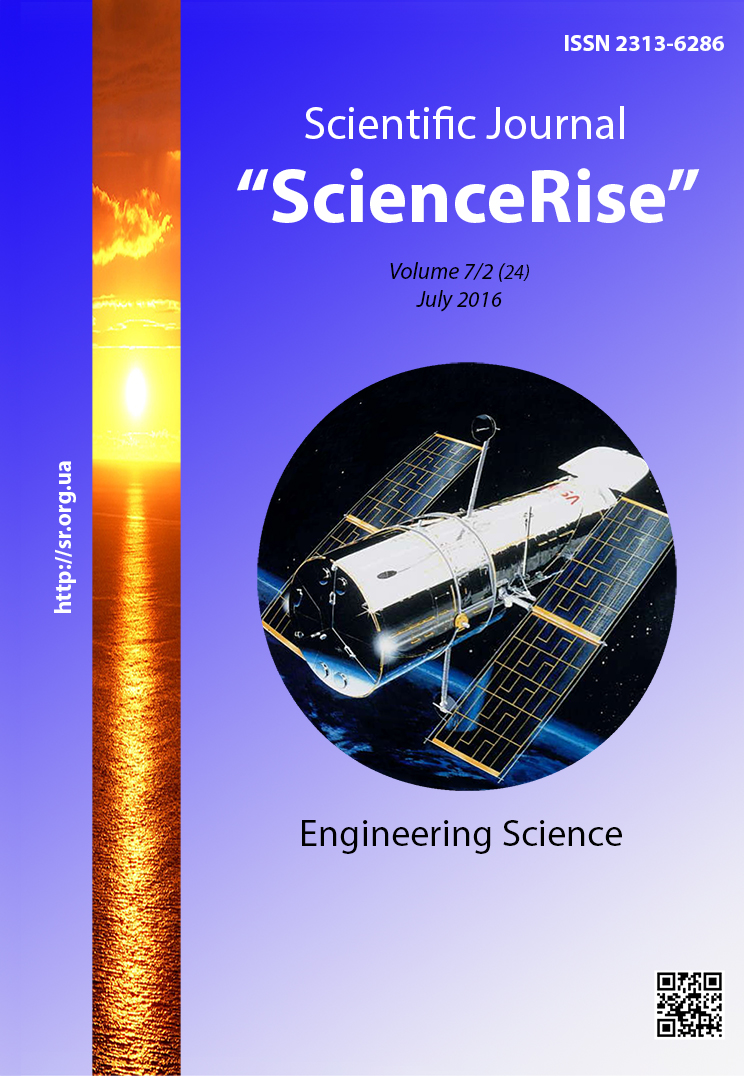Use of geothermal piles combined with pile foundations
DOI:
https://doi.org/10.15587/2313-8416.2016.74642Słowa kluczowe:
heat pumps, energy pile, geothermal energy, energy efficiencyAbstrakt
The possibility of use of geothermal piles in conditions of cold climate is considered. Full-scale experiment is conducted for using this technology in Kiev. Obtained results testify about a possibility for using the system in conditions of Ukraine, but this technology requires more detailed study and simulation of multiannual cycle of use of geothermal piles
Bibliografia
ASHRAE, Commercial (2003). GA.
Amis, T., Loveridge, F. (2014). Energy piles and other thermal foundations for GSHP. REHVA Journal, 32–35. Available at: http://www.rehva.eu/fileadmin/REHVA_Journal/REHVA_Journal_2014/RJ_issue_1/P.32/32-35_Energy_piles_RJ1401_WEB.pdf
Design manual. Heat pumps (2012). Viessmann, 65.
System using geothermal heat. Technical information (2009). REHAU, 20.
Design manual. Heat pumps for heating and hot water supply (2009). Dimplex, 77.
Xiao, S., Suleiman, M., Naito, C., Neti, S. (2013). Use of Geothermal Deep Foundations for Bridge Deicing. Transportation Research Record: Journal of the Transportation Research Board, 2363, 56–65. doi: 10.3141/2363-07
Rees, S., Splintler, J., Deng, Z., Orio, C., Johnson, C. (2004). A Study of Geothermal Heat Pump and Standing Well Perfomance. ASHRAE, 109, 3–13.
Xiao, S., Suleiman, M. T., Naito, C. J., Neti, S. (2013). Use of Geothermal Deep Foundations for Bridge Deicing, Lehigh University. Report of TRB 2013 Annual Meeting.
Man, Y., Yang, H., Diao, N., Cui, P., Lu, L., Fang, Z. (2011). Development of spiral heat source model for novel pile ground heat exchangers. HVAC&R Research, 17 (6), 1075–1088. doi: 10.1080/10789669.2011.610281
Thermal Pile Design, Installation & Materials Standards (2012). Milton, UK., 85. Available at: http://www.gshp.org.uk/pdf/GSHPA_Thermal_Pile_Standard.pdf
##submission.downloads##
Opublikowane
Numer
Dział
Licencja
Copyright (c) 2016 Ivan Kuzytskyi

Utwór dostępny jest na licencji Creative Commons Uznanie autorstwa 4.0 Międzynarodowe.
Our journal abides by the Creative Commons CC BY copyright rights and permissions for open access journals.
Authors, who are published in this journal, agree to the following conditions:
1. The authors reserve the right to authorship of the work and pass the first publication right of this work to the journal under the terms of a Creative Commons CC BY, which allows others to freely distribute the published research with the obligatory reference to the authors of the original work and the first publication of the work in this journal.
2. The authors have the right to conclude separate supplement agreements that relate to non-exclusive work distribution in the form in which it has been published by the journal (for example, to upload the work to the online storage of the journal or publish it as part of a monograph), provided that the reference to the first publication of the work in this journal is included.

